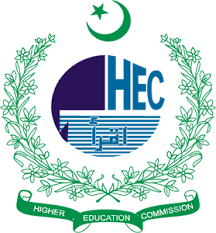Bullying; A Psychosocial Stressor
DOI:
https://doi.org/10.29052/2412-3188.v5.i1.2018.17-26Keywords:
Bullying, Aggression, Psychosocial Stressor, Adolescents Victimization, Adult VictimizationAbstract
Background: The bullying incidences have been increasing in the past few years resulting in a number of psychosocial traumas including depression, anxiety, violence and many other health concerns. Despite being a global issue, not a large number of studies have addressed this distressing act. This social threat causes negativity on both sides whether the victim or the perpetrator. The aim of the study was to evaluate the prevalence of this psychosocial stressor, its associated characteristics and bullying perceptions among the study population.
Methodology: A cross-sectional observational study was conducted for 5 months from July 2017 to December 2017. Data was collected from 399 victims between the age of 15-27 years via a structured questionnaire inquiring victim’s demographics and its associated psychosocial outcomes. Collected data was then analyzed using SPSS ver. 22.
Results: Out of the total study subjects there were 204 females and 195 males with the mean age of 25.10 + 5.70 years. Around 76% participants reported daily bullying events. Bullying incidences were found more common in females i.e. 48.6% of the females were bullied by called out with mean names while only 45.8% males reported so. Majority of the bullying cases were reported from educational institutes. The most prominent psychological outcomes observed and reported by the victims in response to bullying was getting revengeful thoughts for the bully.
Conclusion: In conclusion, the study evaluated the psychological distress resulting from bullying incidences. Our study indicated a high prevalence of this public health concern in both genders and majorly in educational sectors.









